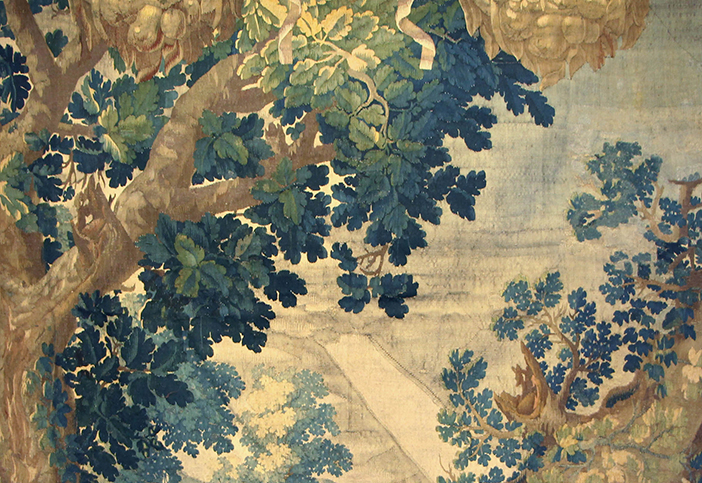Whereas the origins of tapestry-making in Aubusson have long been the subject of numerous tales and legends in the past, the small town of Aubusson, in the center of France, on the Creuse River and at the heart of an ideal valley for sheep farming, continues to immortalize this tradition and secular art to this day.
Some people are convinced that the Saracens settled in this region after their defeat at the Battle of Poitiers in 732. Others speculate on the origins of Aubusson tapestries by citing works of the nineteenth century French novelist Georges Sand in which they are mentioned to have existed in the Bourganeuf Tower (25 miles from Aubusson) where Turkish Prince Zizim, who brought over weavers from Turkey, was held prisoner in the fifteenth century. Lastly, it has also been suggested that Louis I, Duke of Bourbon, Count of La Marche, and his Flemish wife, Marie of Hainaut, introduced Flemish weavers to the French court, thereby helping to disseminate weaving techniques.

The fifteenth century marked the golden age of the Middle Ages, and this was especially true in the area around Aubusson where cottage industries – in particular, those specializing in the techniques of Verdures weaving, typical in tapestries from the La Marche area near Aubusson – flourished. Today, the large, historically important wall-hanging collection ‘The Lady and the Unicorn’, made up of six tapestries, is housed in the Musée de Cluny museum of medieval art in Paris. Throughout the seventeenth century, orders for large-scale tapestries snowballed, and as many as between six to fourteen tapestries were created, depicting various scenes, including ones from the Bible, mythology and literary narratives. They adorned the walls of mansions and castles, and were not only decorative features but also functional, helping insulate the walls. During the reign of Louis XIV, the most prestigious royal courts of Europe called upon French craftsmanship to produce tapestries, and Colbert, the French Minister of State at the time, declared the Aubusson workshops one of the Manufactures Royales, under royal edict, and subject to very strict specifications. In so doing, Colbert gave momentum to the creation of a sector of excellence whose high standards remain the industry’s leitmotiv today, more important than any royal warrant.
At the end of the nineteenth century, tapestry-making at Aubusson increasingly drew inspiration from the Art Nouveau movement and especially from collaborations with the famous painters Paul Véra and Émile Bernard. However, it was the meeting between Jean Lurçat and the directors of the Aubusson École Nationale d’Art Décoratif (National School of Decorative Arts) at the 1937 Paris World Fair which definitively stimulated the renaissance in the tapestry industry. Lurçat moved to Aubusson where he started revolutionizing design methods and promoting tapestry to the most famous painters of the time. He managed to form a group of the first cartoon painters (peintres cartonniers) of the modern era, including Marc Saint-Saëns and Dom Robert. For the very first time, tapestry became recognized as a work of art. Lurçat’s creations are living proof of this, still hanging from walls of prestigious buildings throughout the world.


The twentieth century saw the arrival of great artists such as Le Corbusier and Calder, but very quickly new media distracted artists away from tapestry, and subsequently most of the Aubusson workshops disappeared. It was at this time that Manufacture Robert Four decided to become involved in order to ensure the preservation of this secular savoir-faire, and began publishing and re-publishing the most popular works of art. Consequently, each artistic gesture associated with this savoir-faire lives on. In 2009, UNESCO recognized Aubusson tapestry as part of its Representative List of the Intangible Cultural Heritage of Humanity, drawing on the expertise preserved by Robert Four to compile its inventory. Ever since then, UNESCO has endeavored to highlight the existence of a community of craftsmen who maintain this savoir-faire as well as the artistic interpretations created by weavers, based on an artist’s model, and also all the other professions involved, including spinners, dyers and cartoonists who help allow this sector of excellence to continue.
To find out more and discover a collection of over 300 original works accessible to all budgets, ask for your free, no-obligation discovery guide.

Studio galerie Robert Four
Manufacture Robert Four